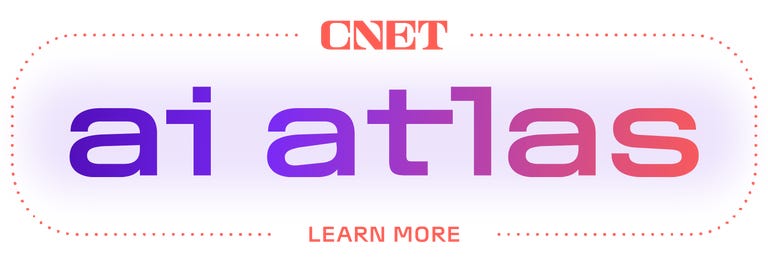All the major computing-related companies — Microsoft, Intel, AMD, Apple and Qualcomm — are talking big about AI these days, but Nvidia’s already laughing all the way to the bank on it. And the keynote was predominantly about the company’s large-scale hardware for cloud-based AI and the nitty gritty about Nvidia’s developments (admittedly impressive) for making AI training feasible and scalable –currently the Blackwell platform and next year Blackwell Ultra followed by Rubin– as well as how the cost is dropping as a result.
But even if you forget about its data center experience, the company first shipped consumer GPUs with AI-accelerating Tensor cores almost six years ago. Now it joins the branding herd with “RTX AI PCs,” but at the lead: Any system, desktop or laptop, with an RTX 2000 series and the workstation equivalents or later GPU is a member (they have Tensor processors). Windows Copilot Plus PC branding? Yeah, they can have that too — as long as there’s a shiny new CPU in it with a qualifying NPU.

Nvidia also announced it’s collaborating with Microsoft to bring tools for developers later this year to enable them to use RTX GPUs to accelerate their applications via the Copilot Plus programming interface.
That’s key, because image and video generative AI tasks need a lot more power to run on-device than they can get running on the integrated GPUs in the most recent CPU chips (and forget about the NPU, which is designed more to take up as little battery as possible, not to handle anything but text-output generative AI). Even a discrete GPU as low as an RTX 4050 mobile can do up to 194 TOPS (trillion operations per second) compared to the 45 TOPS Qualcomm crowed about.
I’m here for the gaming
Nvidia’s been talking about its ACE suite of “digital human” technologies, in this case to inject better interactive nonplayable (aka nonplayer) characters to games, for a while — it demonstrated its latest iteration in early April at GDC. Now it’s announced the first game to run an ACE NPC on-device, albeit still a tech demo from Perfect World Games called Legends. (Haters, start your engines.)
If you paid attention during the Copilot Plus PC launch, you probably heard about (or saw) Microsoft’s demonstration of an AI “coach” to help a player within Minecraft. Well, Nvidia’s launching its own Project G-Assist, a framework for developers and the game community to create AI game coaches (it showed a tech demo using Ark: Survival Ascended) and to help with automatic performance optimization. G-Assist can theoretically access all your stats in-game, potentially making the advice specific enough to be useful. And as Nvidia (I think unintentionally) pointed out, there’s a wealth of wikis, walk-throughs and other content to train them on. Get your can-of-worms-openers ready.

New RTX AI laptops, which are also Copilot Plus PCs
The company didn’t announce any consumer hardware, but it did unveil its SFF-Ready guidelines for enthusiast small form factor systems: a set of dimensions for cards and cases to insure that an RTX 4070-class card or better will fit in it. The cards need to be 2.5 slots (50mm) by 304mm by 151mm or smaller and the space allotted within the case 50mm by 312mm by 155mm or less. There are a ton of available cards and cases already; this is just a way to formalize it. I think it needs to have motherboard guidelines as well, though.
Smaller announcements included news that the second beta of its Nvidia App (which is more like AMD Adrenalin and adds performance stats and one-click GPU tuning, among other new features) will be available for download on June 4, VLC Video Player and DaVinci Resolve now support RTX Video (Super Resolution upscaling), and that it will be making more of its RTX Remix tools open source for modding and content creation applications to use.


















+ There are no comments
Add yours